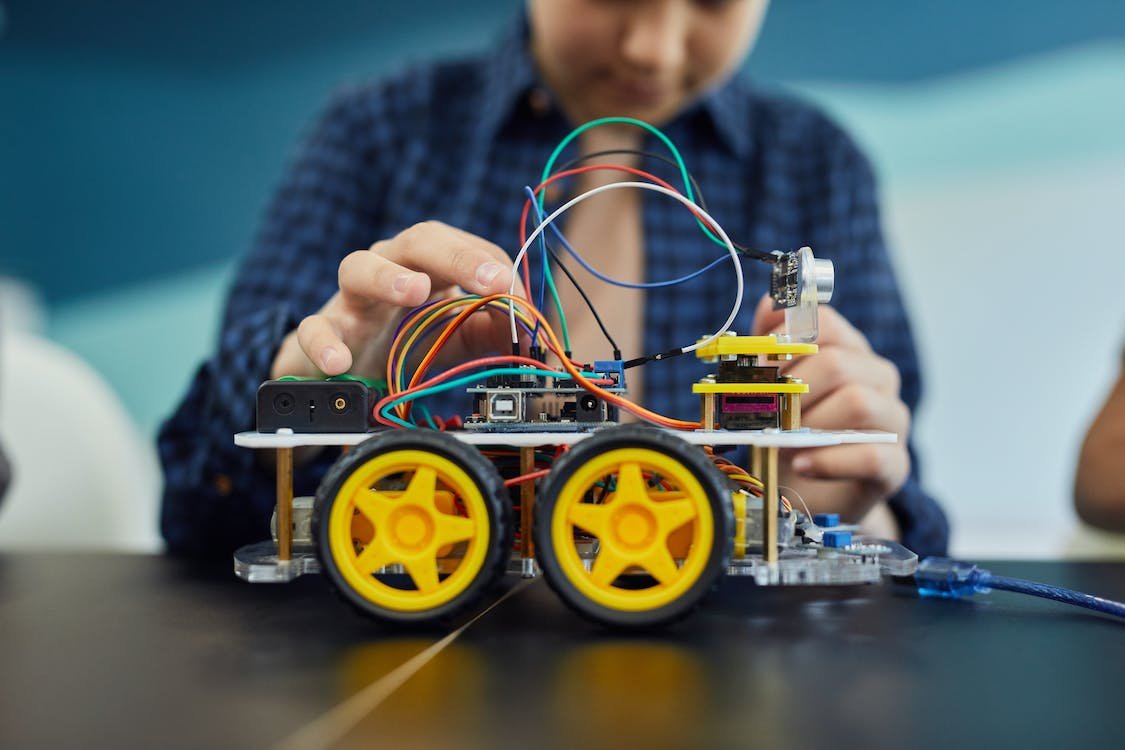5 Strategies to Inspire Students to Pursue STEAM Careers
On Wednesday, November 8th, we celebrated National STEM/STEAM Day by inspiring the next generation of STEAM professionals!
With STEAM careers leading the charge in shaping our world and creating a better future, it’s crucial to encourage young minds to explore these fields. A STEAM education equips individuals with the necessary skills and knowledge to thrive in a rapidly evolving technological landscape. It also fosters critical thinking, problem-solving abilities, and creativity; enabling students to tackle complex challenges and contribute to innovation.
So how can we inspire students to pursue STEM Careers? Below are 5 strategies to help inspire students and pique their interest.
Photo by Vanessa Loring
Strategy #1: Hands-on Learning
Incorporating hands-on activities and experiments in STEAM classrooms significantly improves student engagement and learning outcomes. Studies found that students who participated in hands-on activities showed higher levels of understanding and retention of complex concepts compared to those who primarily relied on traditional lecture-based instructions. Furthermore, students who engage in practical experiences develop stronger interest and motivation to pursue STEAM subjects in the future.
Photo by Vanessa Loring
Strategy #2: Role Models and Mentoring
By introducing students to inspiring role models who have achieved success in STEAM fields, they can see firsthand the possibilities and opportunities in these areas. This can be done by inviting guest speakers and organizing mentorship programs that provide valuable insight into different STEAM fields, helping students understand the practical applications of their learning.
Personal connections with successful professionals can also play a vital role in motivating students and helping them visualize their future in STEAM, giving them the confidence and drive to pursue these careers.
Photo by Pavel Danilyuk
Strategy #3: Real-world Applications
Real-world applications of STEAM subjects demonstrate the tangible impact that students can have in solving real-world problems. By showing students how STEAM knowledge is applied in different fields, they can see practical relevance and potential for making a difference in the world. Additionally, it can expose students to a wide range of career opportunities they might not have considered otherwise, helping them make informed decisions about their future.
Photo by Mart Production
Strategy #4: Community Engagement
Community engagement activities often focus on addressing local needs and challenges. By participating in STEAM projects that directly impact their communities, students gain a sense of purpose and fulfillment. Moreover, it can help them build a strong network of contacts and references, which can be invaluable when seeking employment opportunities once they graduate.
Photo by Cottonbro Studio
Strategy #5: Creating a Supportive and Inclusive Environment
The last strategy and the most important one is being able to create a supportive and inclusive learning environment that values diversity and promotes equity. When students feel accepted and valued for who they are, they are more likely to be engaged and motivated in learning.
In a supportive environment, students are encouraged to ask questions, take risks, and make mistakes without fear of judgment or criticism. Ultimately, students feel empowered and inspired to pursue STEAM careers, knowing that they have the skills and support they need to succeed.
Photo by Yan Krukau






